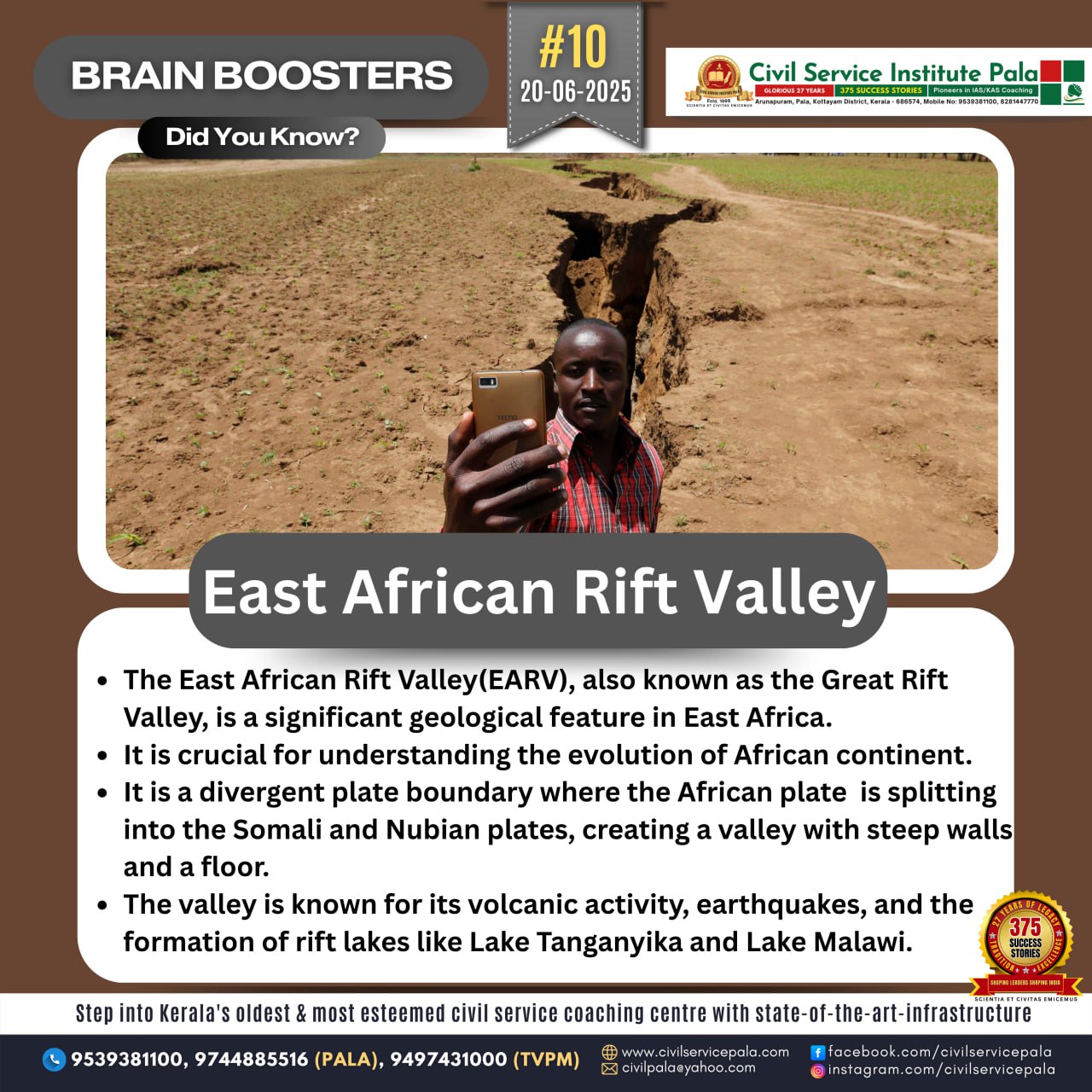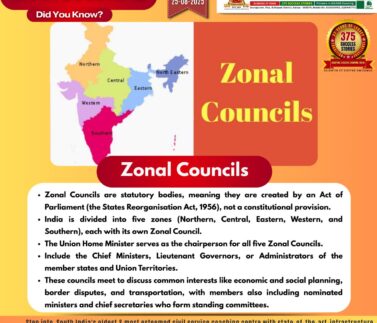
East African Rift Valley
The East African Rift Valley is one of the most significant geological features on Earth. It’s a massive, ongoing tectonic event that’s literally splitting a continent in two.
What is the East African Rift Valley?
The East African Rift Valley (EARV) is a tectonic rift—a region where the Earth’s lithosphere (the rigid outer layer) is being pulled apart. It stretches from the Afar Triple Junction in northeastern Ethiopia down through Mozambique, cutting across several East African countries. The rift is part of a broader zone called the East African Rift System (EARS).
Geological Cause: Plate Tectonics at Work
The EARV is forming because of divergent plate tectonics:
The African Plate is splitting into two smaller plates: the Nubian Plate (to the west) and the Somali Plate (to the east).
As these plates move apart, the Earth’s crust thins, cracks, and sinks, creating a rift valley.
This process is slow—about 2–6 mm per year—but it’s reshaping the continent. Eventually, in tens of millions of years, the rift may open up enough to create a new ocean, splitting off East Africa into a separate landmass.
Structure and Geography
The rift valley consists of two main branches:
Eastern Rift (Gregory Rift)
Runs through Ethiopia, Kenya, and Tanzania
Contains deep valleys and highlands
Home to famous volcanoes like Mount Kilimanjaro, Mount Kenya, and Mount Meru
Western Rift (Albertine Rift)
Borders Uganda, Rwanda, Burundi, and the Democratic Republic of Congo
More mountainous and contains some of the deepest lakes in the world like Lake Tanganyika and Lake Albert
Tectonic activity here is more intense due to steeper faulting and deeper crustal stretching
Key Features and Highlights
Volcanoes: The rift is dotted with active and dormant volcanoes. Erta Ale in Ethiopia and Ol Doinyo Lengai in Tanzania are active today.
Lakes: Many rift lakes fill the sunken floors of the valley, including:
Lake Victoria (though technically between the rift branches)
Lake Turkana, Lake Malawi, Lake Tanganyika, and others
Hot Springs and Geysers: Due to geothermal activity, the region features hot springs, fumaroles, and geysers.
Biodiversity and Human Evolution
Ecological Richness: The rift contains diverse habitats—mountains, savannahs, forests, and wetlands—supporting iconic wildlife such as lions, elephants, gorillas, and rhinos.
Cradle of Humankind: The rift has produced many key hominin fossils, including Australopithecus and Homo habilis. Sites like Olduvai Gorge in Tanzania and Hadar in Ethiopia have been instrumental in understanding human evolution.
Current Implications
Seismic Activity: Earthquakes and volcanic eruptions are common due to the active tectonics.
Geothermal Energy: Countries like Kenya are tapping into geothermal power from the rift to supply clean energy.
Urban and Environmental Challenges: Cities near the rift (like Nairobi) face risks from fault zones, water management issues, and land instability.
In Summary
The East African Rift Valley is a dramatic, evolving landscape shaped by tectonic forces. It’s:
A boundary between two diverging tectonic plates
A hub of volcanic and seismic activity
A hotspot for biodiversity and human ancestry
A site with economic potential (geothermal, tourism) and geological risks
It’s one of the rare places where scientists can directly study the process of continental breakup, giving us a glimpse of how oceans and new continents are born.



